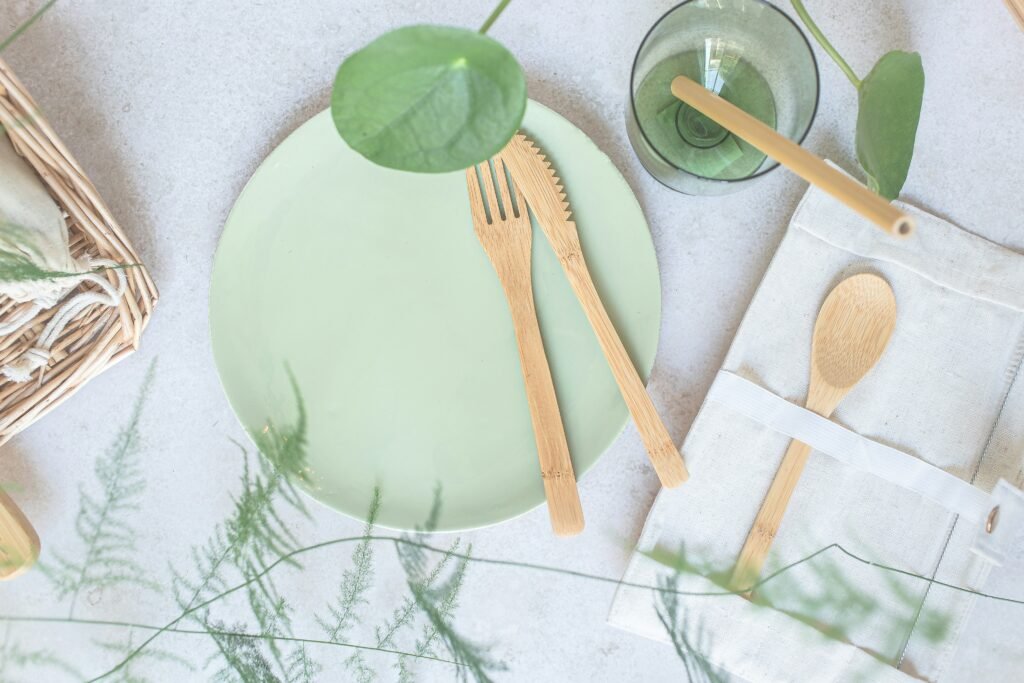Welcome to an exciting exploration of the benefits of using eco-friendly materials in sock manufacturing. By choosing sustainable materials like organic cotton, bamboo, or recycled polyester, you are not only helping the environment but also enjoying softer, more breathable, and longer-lasting socks. Embracing eco-friendly practices in manufacturing can make a positive impact on both the planet and your wardrobe.
Have you ever considered the impact of the materials used in manufacturing your socks?
When you put on a pair of socks in the morning, you probably don’t think about what they’re made of. But have you ever considered how the materials used in sock manufacturing can impact the environment? In this article, we’ll explore the benefits of using eco-friendly materials in the production of socks. From reducing waste to promoting sustainability, there are many reasons why opting for eco-friendly socks can make a positive impact. Let’s dive in and learn more about the advantages of choosing sustainable materials for your feet!

This image is property of images.unsplash.com.
Advantages of Opting for Eco-Friendly Materials in Sock Manufacturing
Choosing socks made of eco-friendly materials can have a multitude of benefits, both for the environment and for your own comfort. From organic cotton to recycled polyester, there are many sustainable options available on the market. Let’s take a closer look at some of the advantages of opting for eco-friendly materials in sock manufacturing.
1. Reduced Environmental Impact
When you choose socks made from eco-friendly materials, you’re helping to reduce the overall environmental impact of the fashion industry. Traditional materials like conventional cotton and synthetic fibers can be harmful to the planet due to the high amount of resources and chemicals used in their production. By opting for sustainable alternatives, you can lower the carbon footprint of your socks and contribute to a cleaner, greener world.
2. Healthier for You and the Planet
Eco-friendly materials are often free from harmful chemicals and toxins that can be found in conventional fabrics. By wearing socks made from organic cotton, bamboo, or recycled fibers, you can reduce your exposure to potentially harmful substances. Additionally, eco-friendly materials are typically biodegradable, making them a healthier choice for you and the planet.
3. Increased Durability
Socks made from eco-friendly materials are often more durable than their conventional counterparts. Sustainable fabrics like bamboo and hemp are known for their strength and longevity, meaning that your eco-friendly socks are likely to last longer. By investing in high-quality, sustainable socks, you can reduce the frequency of replacements and contribute to a more sustainable wardrobe.
4. Enhanced Comfort and Breathability
Eco-friendly materials like organic cotton and bamboo offer superior comfort and breathability compared to synthetic fibers. These natural fibers are soft against the skin, providing a cozy and comfortable feel throughout the day. Additionally, their breathability helps to regulate temperature and reduce moisture, keeping your feet dry and comfortable in any climate.
Popular Eco-Friendly Materials Used in Sock Manufacturing
There are a variety of eco-friendly materials used in the manufacturing of socks, each with its own unique benefits and characteristics. From organic cotton to bamboo, sustainable fibers are becoming more popular in the textile industry. Let’s explore some of the most popular eco-friendly materials used in sock manufacturing.
1. Organic Cotton
Organic cotton is grown without the use of synthetic pesticides or fertilizers, making it a more sustainable choice compared to conventional cotton. Socks made from organic cotton are soft, breathable, and hypoallergenic, making them ideal for those with sensitive skin or allergies. Additionally, organic cotton production promotes soil health and reduces water usage, making it a more environmentally friendly option.
2. Bamboo
Bamboo is a fast-growing, renewable resource that requires minimal water and chemicals to grow. Socks made from bamboo are incredibly soft, moisture-wicking, and antibacterial, making them an excellent choice for those with sweaty feet or odor issues. Bamboo fibers are also biodegradable and naturally antimicrobial, making them a sustainable option for sock manufacturing.
3. Recycled Polyester
Recycled polyester is a sustainable alternative to virgin polyester, as it is made from post-consumer plastic bottles. Socks made from recycled polyester are durable, moisture-wicking, and quick-drying, making them ideal for athletic activities. By choosing socks made from recycled polyester, you can help divert plastic waste from landfills and reduce the demand for virgin polyester production.
4. Hemp
Hemp is a versatile, eco-friendly material that requires minimal water and pesticides to grow. Socks made from hemp are durable, breathable, and antimicrobial, making them a great choice for those looking for long-lasting, sustainable socks. Hemp fibers are also biodegradable and resistant to mold and mildew, making them a natural choice for eco-conscious consumers.

This image is property of images.unsplash.com.
How to Identify Eco-Friendly Socks
With so many brands and options available on the market, it can be challenging to identify truly eco-friendly socks. Look for the following characteristics to ensure that the socks you purchase are made from sustainable materials and production practices:
1. Certifications and Labels
Check for certifications and labels that indicate the socks are made from eco-friendly materials, such as GOTS (Global Organic Textile Standard), OEKO-TEX, or Fair Trade. These certifications ensure that the socks meet specific standards for sustainability, ethical production, and environmental responsibility.
2. Transparent Supply Chain
Choose brands that are transparent about their supply chain and manufacturing processes. Look for information on where the socks are made, how the materials are sourced, and what steps the brand is taking to reduce its environmental impact. Brands that prioritize transparency are more likely to be committed to sustainability and ethical practices.
3. Minimal Packaging
Consider the packaging used for the socks, as excessive packaging can contribute to waste and environmental harm. Look for brands that use minimal, recyclable, or biodegradable packaging to reduce their overall impact on the planet. By choosing socks with minimal packaging, you can help lower your carbon footprint and support sustainable practices.
4. Longevity and Quality
Opt for socks made from durable, high-quality materials that are built to last. While sustainable socks may come at a higher price point, they are likely to provide better value in the long run due to their longevity. By investing in socks that are designed for durability, you can reduce the frequency of replacements and contribute to a more sustainable wardrobe.

This image is property of images.unsplash.com.
Conclusion
In conclusion, choosing socks made from eco-friendly materials can have a positive impact on the environment, your health, and your overall comfort. From reducing waste to promoting sustainability, there are numerous benefits to opting for sustainable socks. By selecting socks made from organic cotton, bamboo, recycled polyester, or hemp, you can lower your carbon footprint and support ethical and environmentally responsible practices in the fashion industry. Next time you’re shopping for socks, consider the materials used and choose eco-friendly options for a cleaner, greener world.
